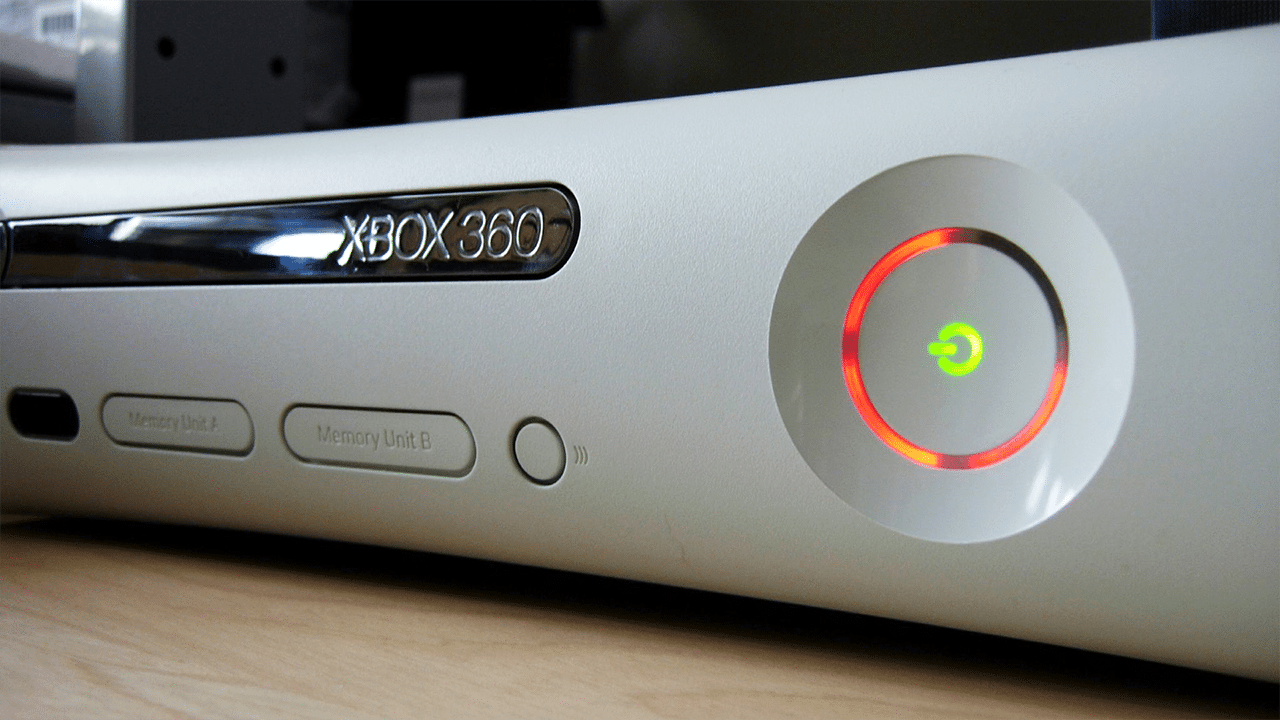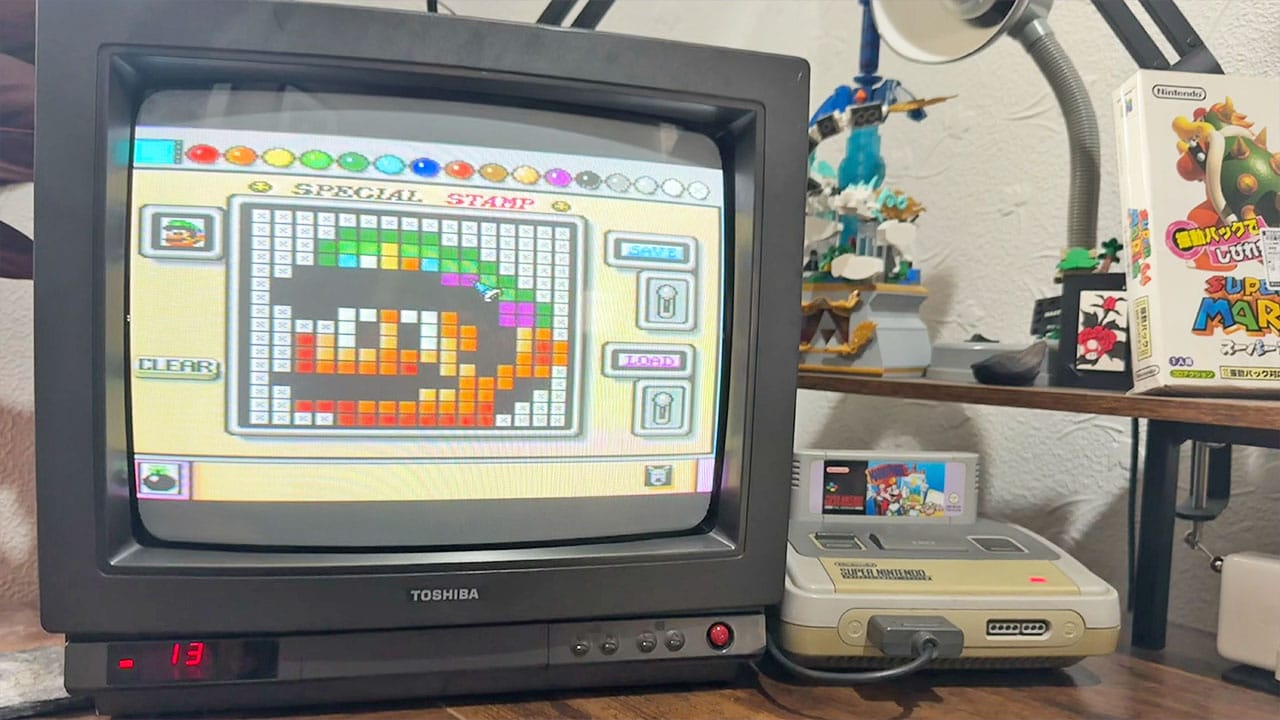The Red Ring Of Death brought anger, fear, and sadness to a whole generation of gamers circa 2006 as the infamous technical failure gripped the Xbox 360 community. After entering the console race with the original Xbox, defying critics and proving that a new contender could compete alongside Sony and Nintendo, Microsoft aimed to take control of the next generation of home consoles with the release of Xbox 360.
Despite a promising start with a substantial lead over Sony on bringing their next console to market and the support of the biggest games publishers and developers, Microsoft ran into one of the most widespread hardware issues to affect any console in the history of gaming.
Those three crimson lights became an enduring and powerful image at the start of the seventh generation of consoles. Here’s the story behind the hardware fault that nearly destroyed Xbox.
Xenon
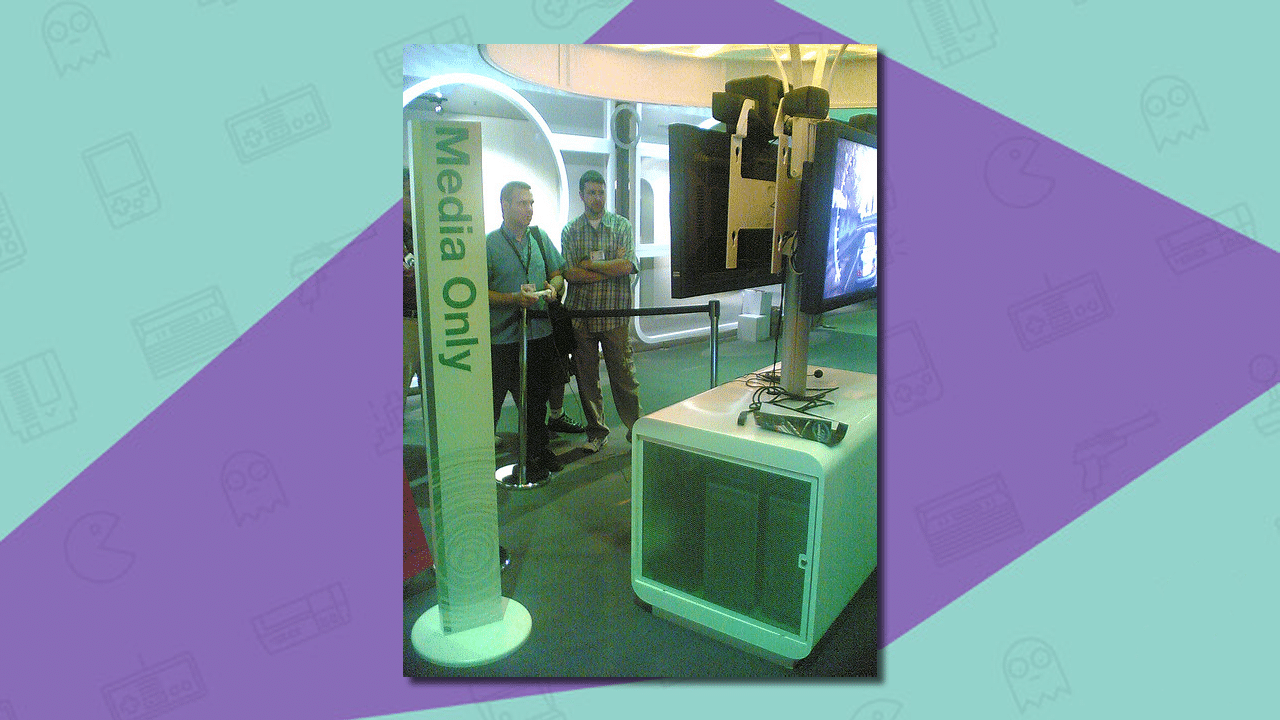
Production on the Xbox 360, internally codenamed Xenon among other monikers, began in earnest in August 2004. Xbox’s Hardware Engineering Group opted to use internally developed designs for the 360’s internals, foregoing ready-made components as an exercise in cost-saving.
Todd Holmdahl, Head of Hardware Development at Xbox during the production stage for the Xbox 360 described the console as having a circuit board with a “completely custom design” alongside chips that required a new process at the time.
Much like its predecessor, the 360 featured a PC-based architecture, with IBM’s Xenon process acting as the brains of the system with a new graphics chip designed by ATI (now AMD) specifically for Microsoft’s second home console. Throughout the system’s production, game developers used similarly powered hardware from Apple, most notably the PowerMac G5 desktop computer, as a facsimile of the eventual Xbox 360 units.
The demo units running on Apple hardware also helped Microsoft through a tough supply chain issue. With the Xbox 360 scheduled to hit store shelves in November 2005, Microsoft’s decision to pursue custom silicon resulted in a contracted testing process, with the first boards delivered around February 2005.
To meet the launch deadline, Microsoft effectively completed the design of the Xbox 360 in parallel to the production line ramping up. Speaking about Microsoft’s attempt to boost console yield before launch, Karen Leonard of Xbox’s Hardware Engineering Group described the rate of production as “a console coming off the line every four seconds”.
The mass production revealed a terrifying prospect for Microsoft, as the usable functioning consoles attributed for somewhere between 50-60% of all consoles emerging from the assembly line. The failing units were collected and added to a ‘bone pile’, and following further testing and adjustment, eventually became retail-ready.
Unveiling The Future Of Xbox
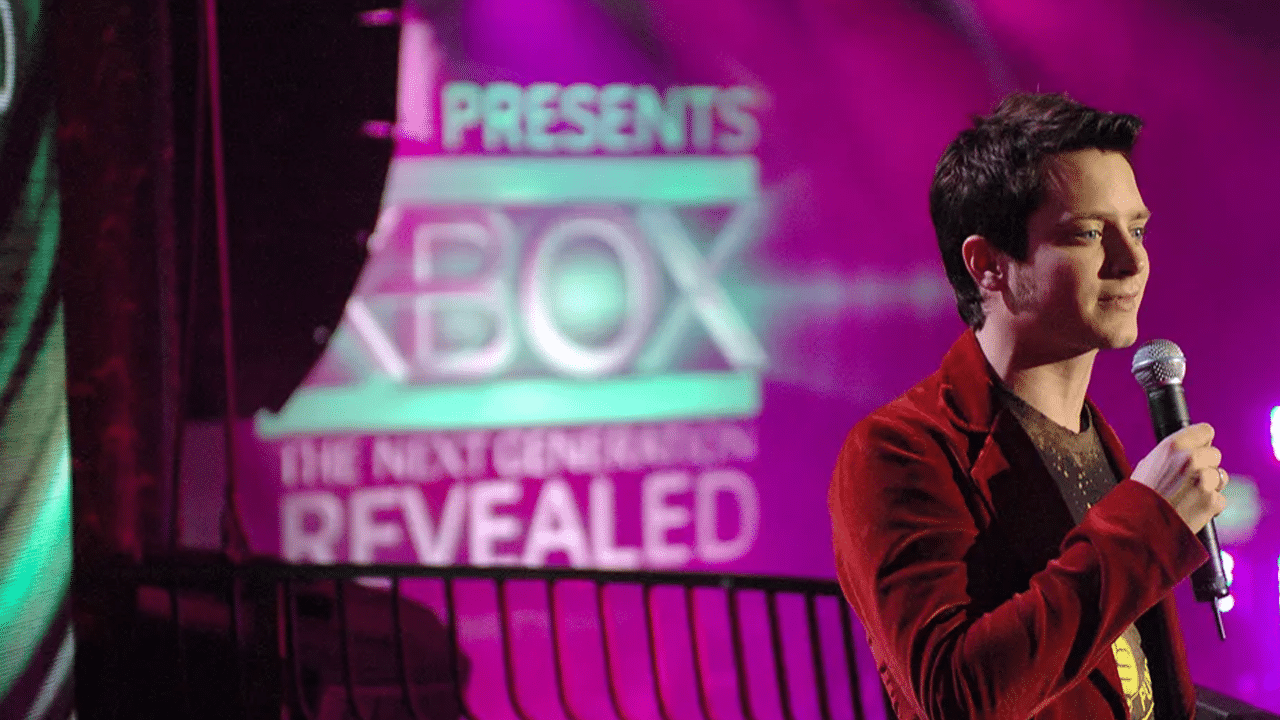
Microsoft publicly unveiled the Xbox 360 for the first time on an MTV broadcast called ‘MTV Presents Xbox The Next Generation Revealed’. The twenty-minute broadcast hosted by Elijah Wood featured live music from The Killers and a sizzle reel of gaming reveals with Tony Hawk’s American Wasteland, Need For Speed: Most Wanted, and Gears Of War appearing on screen for a few seconds each.
The MTV showcase also saw rapper Sway tour the Xbox Design Lab in Redmond, Washington to uncover several early prototypes of Microsoft’s latest console. Xbox engineers Matt Day and Jonathan Hayes revealed the ‘evolution of design’ commenting on how the Xbox 360 appears to “inhale” and how the final design features the “Ring of Light” around the power button.
Later that month, the Xbox 360 appeared on the front of TIME magazine, cradled by Microsoft CEO Bill Gates with the console showing an array of green and red lights around the power button.
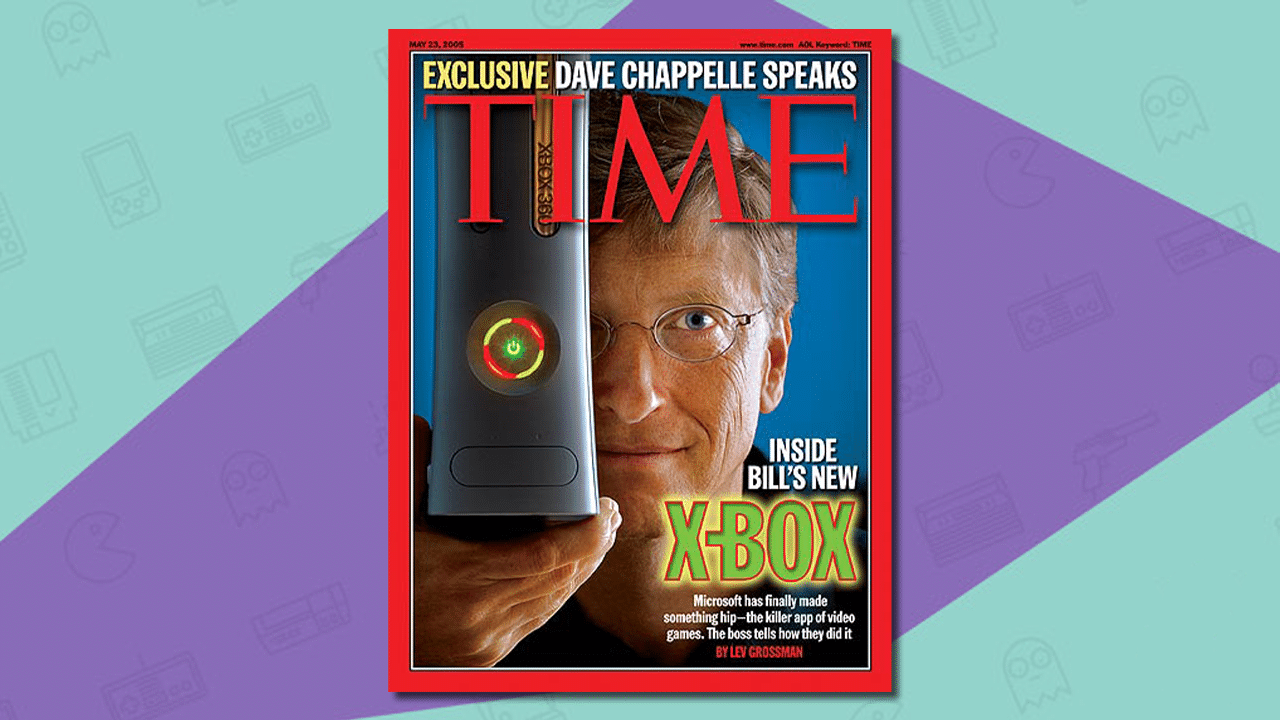
The Xbox 360 appeared in a playable demo form at 2005’s E3 trade event, with Microsoft hosting an 80-minute long press conference full of game reveals and fresh information about the upcoming console. Players going hands-on with the Xbox 360 at E3 were, however, playing on the same Apple hardware that Microsoft had employed during development, with actual playable consoles absent from the show floor.
Perhaps the biggest push from Microsoft for the Xbox 360 was the online integration, with social engagement between gamers poised to usher in the next generation of game consoles.
The Start Of The Next Generation
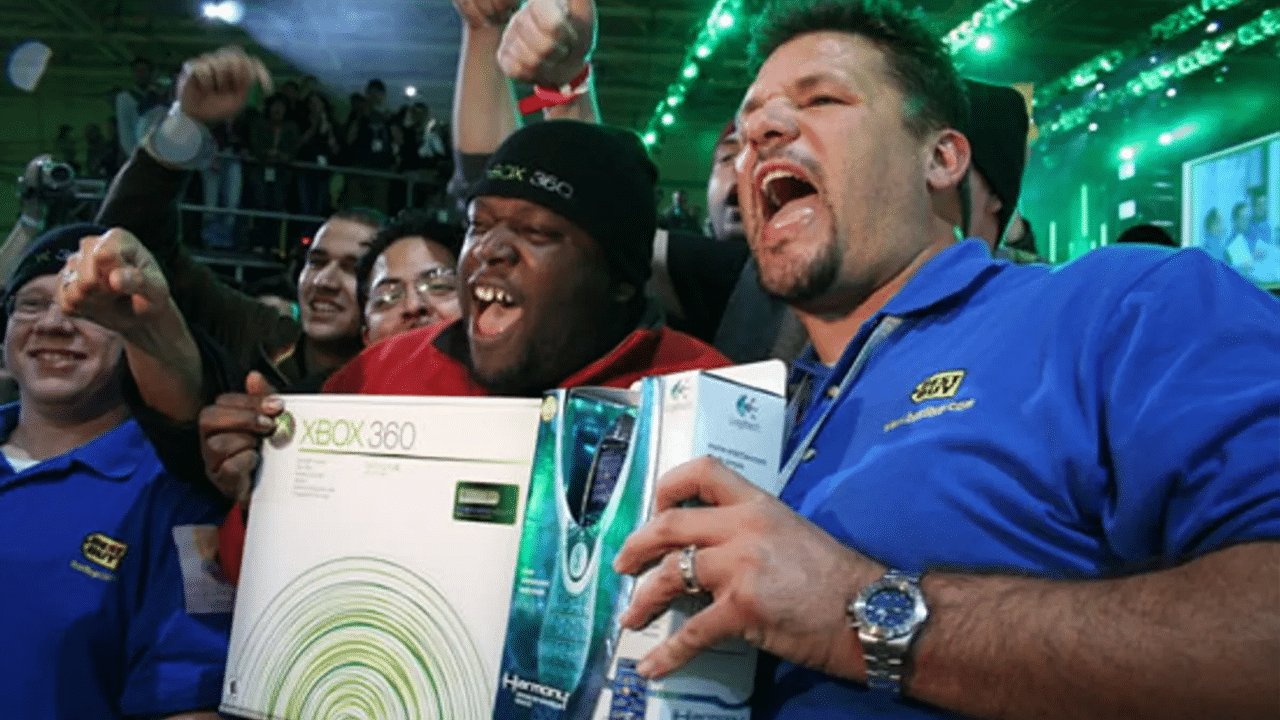
Microsoft released the Xbox 360 on the 22nd of November 2005 in the United States and Canada, with rollouts to Europe and Japan shortly afterward on the 2nd of December and the 10th of December, respectively. The Xbox 360 launched in thirty-six countries during its first year, further solidifying Microsoft’s ambition to catapult the 360 ahead of the PS3.
During the eight days following the Xbox 360 launch, Microsoft sold an estimated 326,000 units in North America alone according to market researchers at Circana (formerly NPD), and another 300,000 were made available for the European launch just over a week later.
Peter Moore, the former president of Sega of America and the Head of Xbox between 2003 and 2007 revealed that Microsoft was “absolutely focused on getting out ahead of the PS3” during an interview for the 2021 documentary Power On: The Story Of Xbox. The message from Microsoft to consumers was clear, and in Moore’s own words, “we needed to be seen as the start of the next generation.”
Within twelve months, Microsoft was on its way to having one of the best-selling game consoles of all time, selling 10 million units and hitting the market almost a full year ahead of the PlayStation 3. Not only did Microsoft get out in front of Sony, but the 360’s PC architecture ensured multiformat titles almost uniformly ran better on Xbox compared to PS3 with its complex Cell-processor and often delivered improved resolutions and framerates that sometimes doubled what developers could achieve on Sony’s PlayStation 3.
Teething Issues
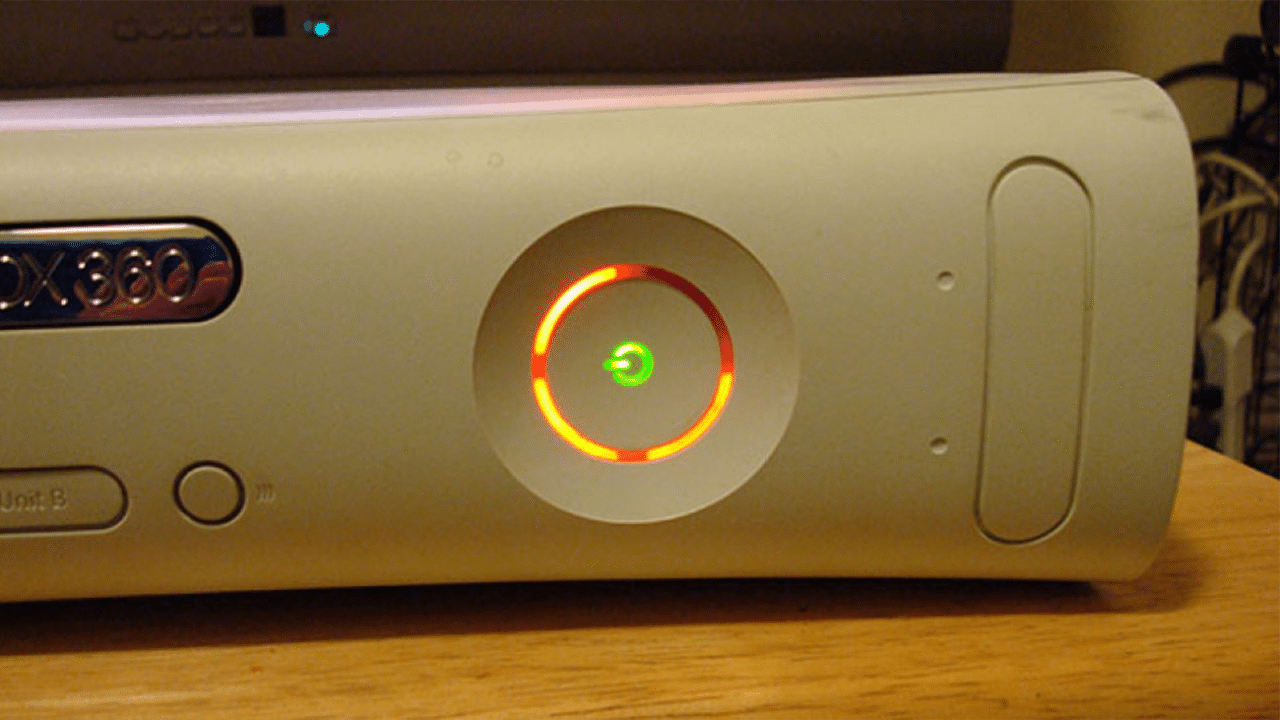
Despite the initial advantage of getting to market ahead of the competition, cracks began to show in the Xbox 360 almost immediately after launch, with the quality of the hardware raising questions in the minds of gamers.
All mass-produced products have an expected, typical failure rate. For the Xbox 360, Microsoft accepted that a small percentage of consoles would exhibit some form of defect, in line with the Consumer Electronic industry standard of between three and five percent of all units. The bone pile produced during initial manufacture was continually chipped away, with Microsoft repairing consoles before shipping them to excited early adopters and with the initial problems now resolved.
Within a week of the Xbox 360 launch in North America, reports began to emerge of hardware issues in Microsoft’s latest games console. Problems varied from consumer to consumer, with some experiencing failures with the consoles’ hard drive, while others expressed concerns relating to the software, with frequent error messages and system crashes impeding the gaming experience. Many cited overheating as a major concern that left a small minority of players with an unusable console shortly after launch.
The hardware errors were often accompanied by the soon-to-be-infamous ‘Red Ring Of Death’, a feature Microsoft engineers had previously dubbed the ‘Ring of Light’.
Consumer Complaints

With a stellar lineup of games and a robust online network, Xbox 360 quickly became a huge hit with gamers looking for high-definition gaming, but by June of 2006, the initial teething issues had grown into something much more sinister.
The Xbox community had taken to forums at large to discuss console failures. YouTube was awash with videos of players showcasing their Xbox 360 consoles failing to turn on, with anger, sadness, and disappointment at the sight of the Red Rings.
On the 13th of February 2007, just over a year after the launch of the Xbox 360 in the UK, the BBC aired an episode of its consumer affairs show Watchdog, which claimed Microsoft charged excessive amounts of money (around £80) to repair faulty Xbox 360 consoles. Following the episode, Microsoft issued a statement to gamesindustry.biz, disputing the claim while shedding light on the Xbox 360 experience.
The statement said that the “vast majority” of Xbox 360 players had an “outstanding experience”, before conceding that the console maker had received a “few isolated reports of consoles not working as expected”, although Microsoft also stated that the console return rate was “significantly lower” than the Consumer Electronic industry standard and that there was “no systemic issue with the Xbox 360”.
Internally, Microsoft acknowledged the “Core Digital Error” within the Xbox 360 hardware but struggled to identify the reason why consoles were failing. Throughout 2006, Microsoft sought to understand the problem, with each faulty console returned providing an opportunity to discover the cause of the issue.
Former Xbox head Robbie Bach spoke to Business Insider back in 2015 and revealed that even after six months of investigations Microsoft was “struggling to root cause what the problem is”.
An Epidemic

A few months after the Watchdog inquiry, The Guardian ran a piece questioning Microsoft’s purported failure rate figures. The article attempted to rationalise ongoing reports of faulty hardware from gamers within the UK.
“Effectively, the failure rate was near 100%”, according to IGN‘s Ryan McCaffrey, who also claimed that “it became an epidemic”. While the scale of the problem grew exponentially, Microsoft continued to ship and sell more Xbox 360 consoles with an estimated 8.3 million units sold by the end of the 2006 fiscal year.
The prevalence of faulty consoles didn’t just impact Microsoft and Xbox 360 players, but also retailers. I spoke to Sarah Dyer, a Social Media Manager who worked at UK retailer GAME during the peak of widespread Xbox 360 fault issues in 2006 and 2007. “People figured out that we would swap faulty consoles for new ones with pretty much no questions asked, so it became a thing where people would borrow receipts from friends that had a date within warranty, and use it to get their out-of-warranty faulty consoles replaced”.
Gamers ‘gaming’ the Xbox 360 replacement policy became such an issue for the retailer that GAME was forced to introduce new processes to mitigate the influx of faulty consoles. Dyer explains how “GAME brought in a process where the serial number also had to be scanned into the till at the time of purchase or replacement. This meant the serial number would be printed on the receipt, so it had to match the console for it to be replaced”.
While GAME and other retailers dealt with an influx of bricked consoles, Microsoft was preparing its own plan to resolve the issue and rebuild trust among its player base.
A “$1.15 Billion Dollar Problem”

With the cause of the Red Ring Of Death still a mystery and online speculation ranging from overheating to defective motherboards, Microsoft had no choice but to cease production of the Xbox 360 in early 2007.
Karen Leonard revealed that Microsoft “wanted to figure out how to solve it before we built any more units to go to customers”. The production shutdown lasted for months while defective consoles continued to pile up.
After months of testing and over a year since the first instances of the fault, Microsoft finally found the root cause of the issue, with connections inside the components to blame. Many had theorised that overheating caused by the Xbox 360’s overall design was responsible for the fault and while temperature would play a factor, Microsoft’s discovery of the cause was typically more complex.
The culprit? The solder used within the GPU itself would become brittle and crack from repeatedly heated and cooled, as would happen whenever a console powered on and then turned off. The problem was inherent in how gamers would actually use the Xbox 360, making every console prone to failure from the time it left the factory.
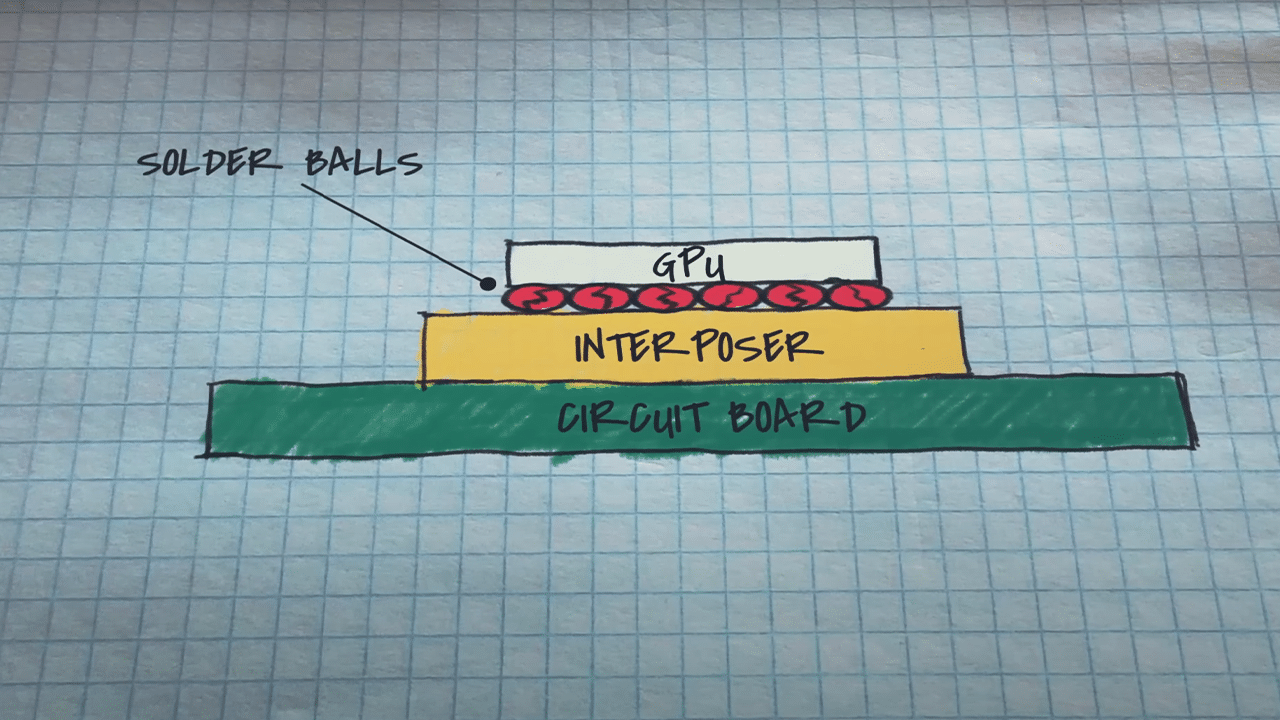
Upon discovering the root of the issue, Microsoft’s Peter Moore tasked the Xbox Finance Team to calculate the estimated cost of replacing each of the defective consoles. That figure was $1.15 Billion.
The staggering figure included extended warranties to early adopters with the statutory twelve-month cover period boosted up to three years, parts and labour for rectifying the fault in broken consoles, shipping of replacement consoles, and essentially saving the Xbox brand from extinction.
Moore presented the cost to then Microsoft CEO Steve Ballmer, which included over $240 million for shipping alone, and without hesitation, Ballmer agreed to fund the project.
Conclusion
The Xbox 360 achieved lifetime sales of 84 million units by the time Microsoft ceased production in 2016. While sales fell short of the Nintendo Wii (101 million) and the PS3 (87 million), Microsoft’s fortitude during the era saw franchises like Gears of War, Halo, and Forza flourish, and initiatives like Xbox Live Arcade bring exposure to a plethora of smaller and independent titles.
The Red Ring Of Death persisted within Xbox 360 for several years even after the root cause became known. It wasn’t until the release of the Xbox 360 S in 2010 that Microsoft was able to eliminate the problem from their production line entirely.
The fault almost killed the Xbox brand as it was finding its feet, and its legacy is one of emotional turmoil for gamers. If not for Microsoft’s insistence to do the right thing and accept a hefty bill for doing so, the modern console space would look very different indeed.
We may never know the actual failure rate of the Xbox 360, but one can only ponder what further heights the 360 could have achieved if not weighed down by the lasting legacy of the Red Ring Of Death.


